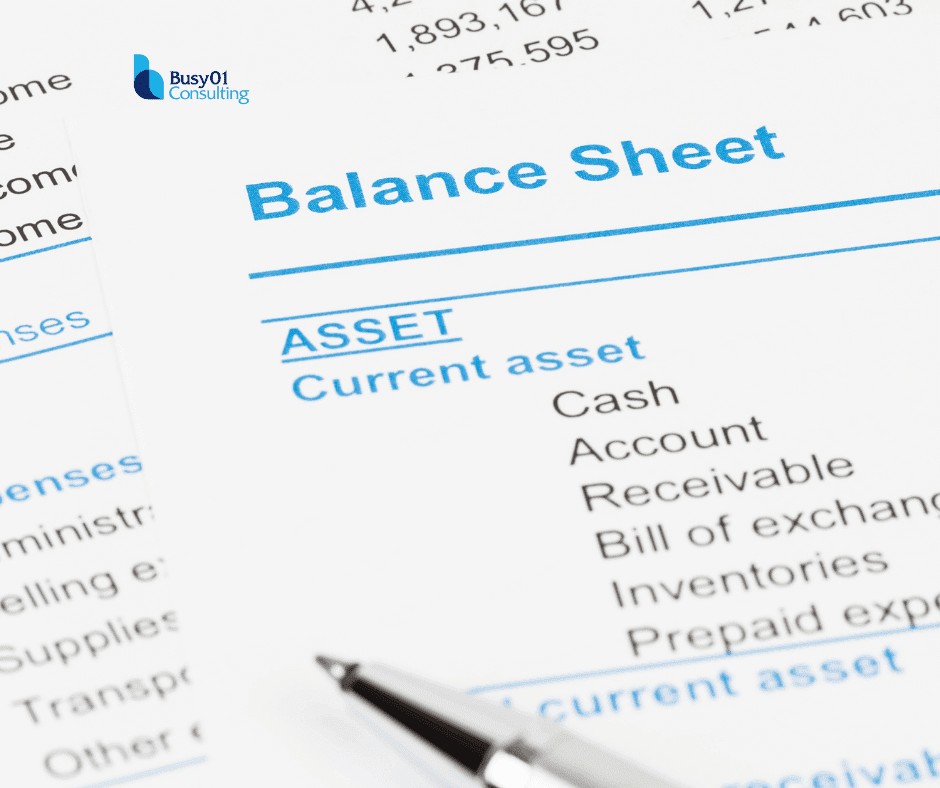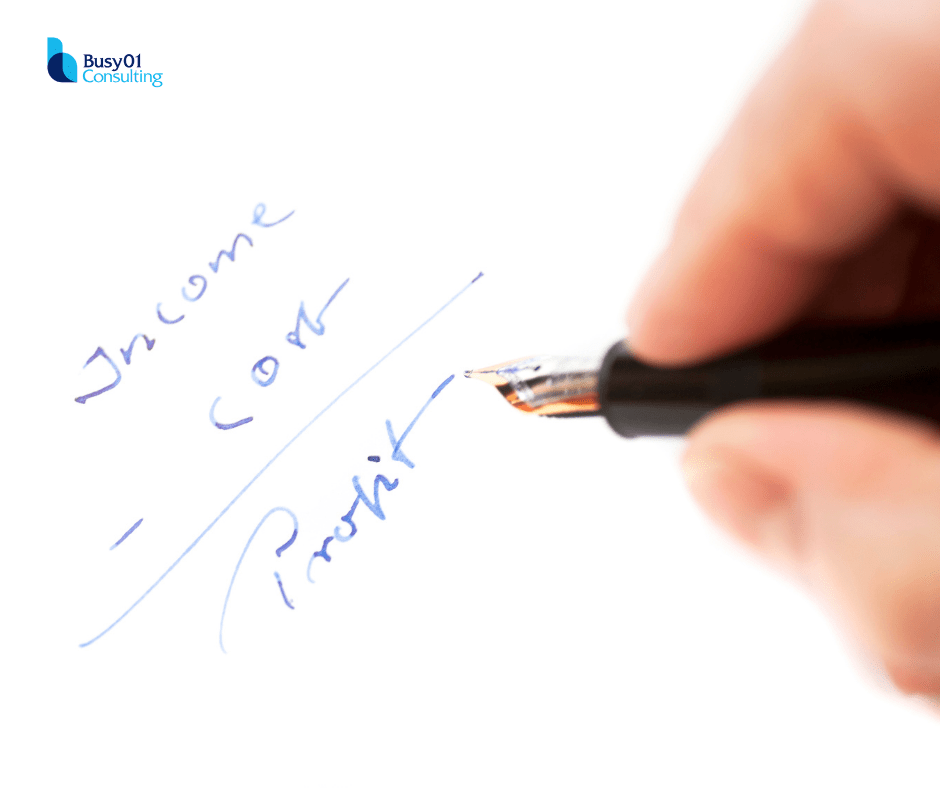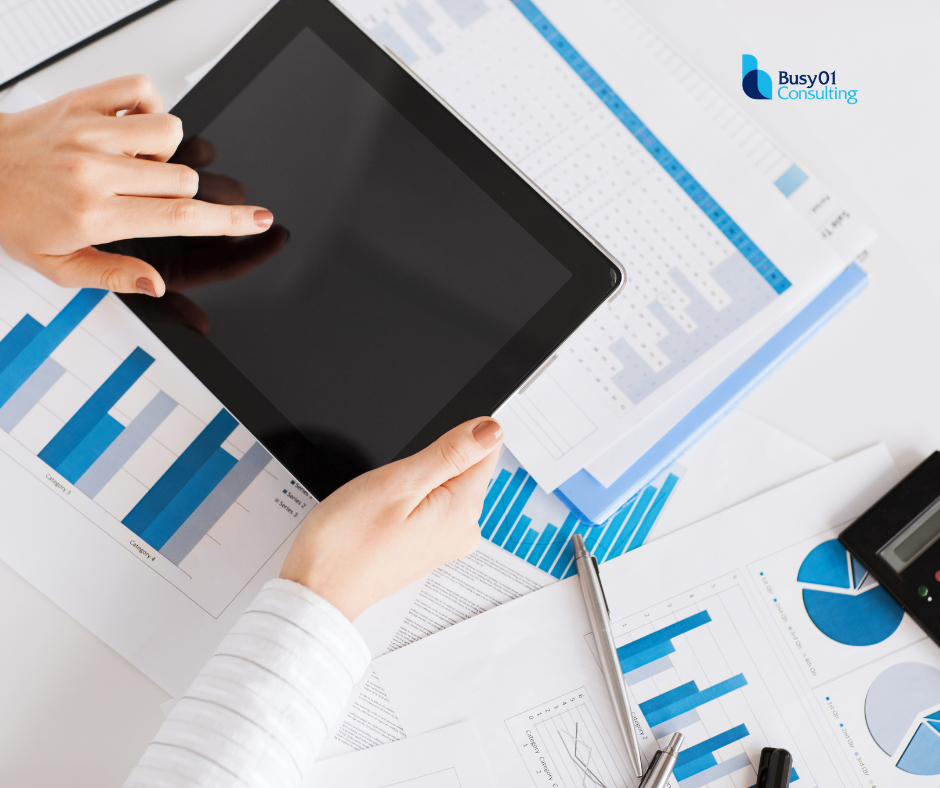
Contractor or Employee
Contractor or Employee
What You Need to Know
Should your staff be contractors or employees?
There are many factors to assess and, as a business owner, it’s your responsibility to get it right.
So, what is the difference between a contractor and an employee?
An employee
A contractor
It is the business owner’s legal responsibility to determine the nature of the work and the correct basis of engagement. We can help you get it right.
Multi Factor Test
There are many factors involved in deciding whether a worker is an employee or contractor. And the guidelines must be applied individually to each working relationship.
There is no single overriding factor, rather, the totality of the working relationship and nature of the work being done is taken into consideration.
Sole Trader as a Contractor May Not be Right
When sole traders are engaged as contractors, the business owner needs to check whether they really meet the criteria for being engaged as a contractor. Many sole traders engaged as contractors are not actively carrying on a business, and do not have the level of independence that a contractor should have. This is even if they have their own ABN.
Sole traders are often engaged for their own services and labour. However they are not free to delegate the work to someone else and must work under the direction of the employing business. In this case, they should be engaged as an employee and not a contractor.
Factors to Consider
This is not an exhaustive list but some of the main factors to assess.
Contractor or Casual Employee?
If you are not sure whether a worker is an employee or a contractor, check the ATO Employee or Contractor information first.
It’s okay to engage a worker as a contractor initially and to reassess the engagement three to six months later if the situation is unclear.
However, at that point, if the worker does not meet the contractor definition and you don’t need a permanent employee, put them on as a casual employee. This is often the best solution for both parties. It means the employer is compliant with tax, super and employment laws. Plus the worker retains some flexibility while being paid super and having tax taken care of.
The ATO and the Fair Work Ombudsman are particularly concerned with the validity of sole traders treated as contractors. This is because they are the workers most frequently disadvantaged by being classified incorrectly as a contractor when they in fact meet the test for being an employee.
Get it Right to Avoid Penalties
A business that should have engaged a worker as an employee will be liable for back-payment of entitlements (such as leave, overtime and allowances), and superannuation.
Some situations are straightforward to work out. But many contractor or employee decisions are not so easy with so many factors to consider.








